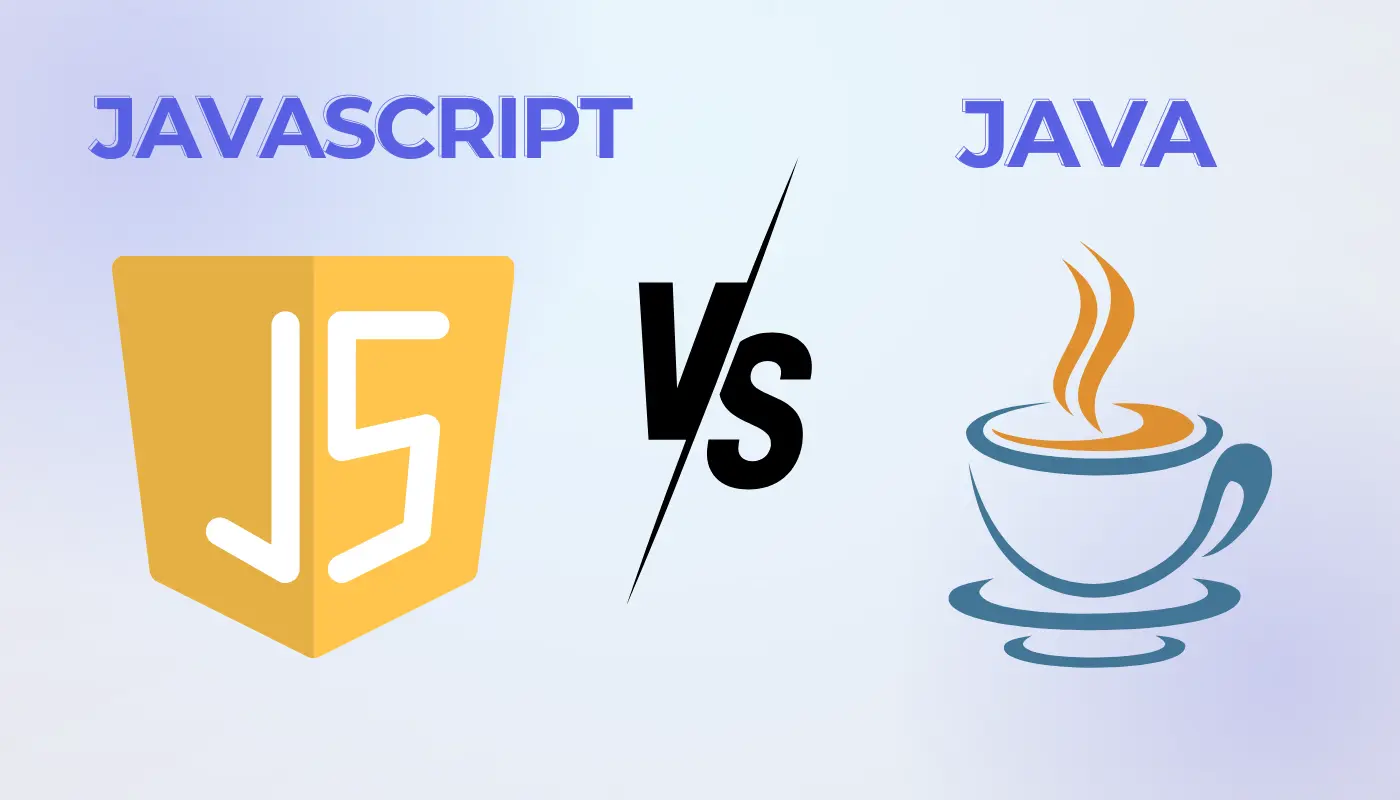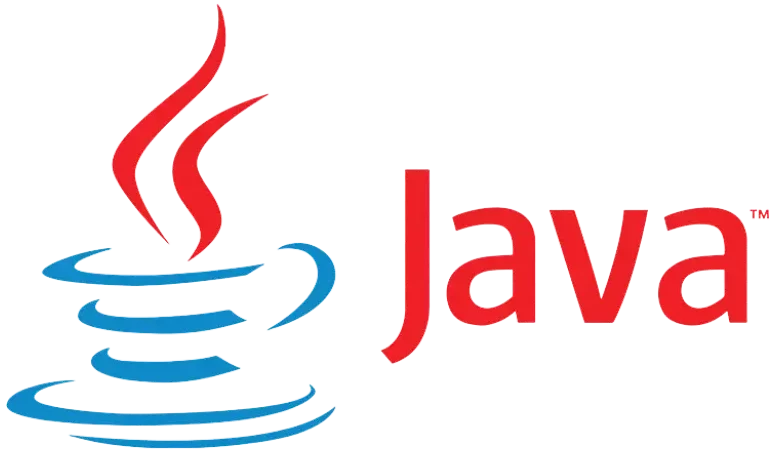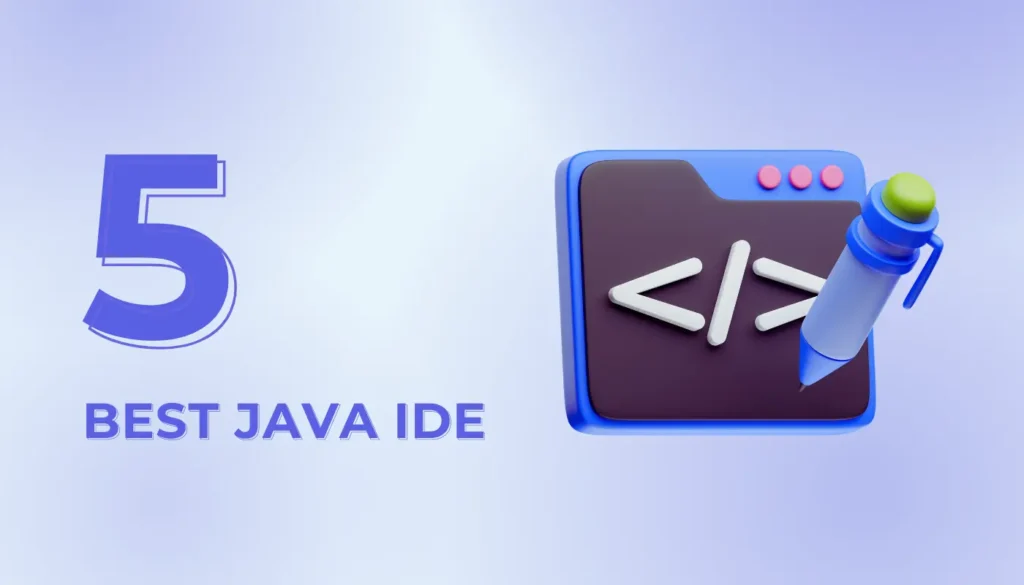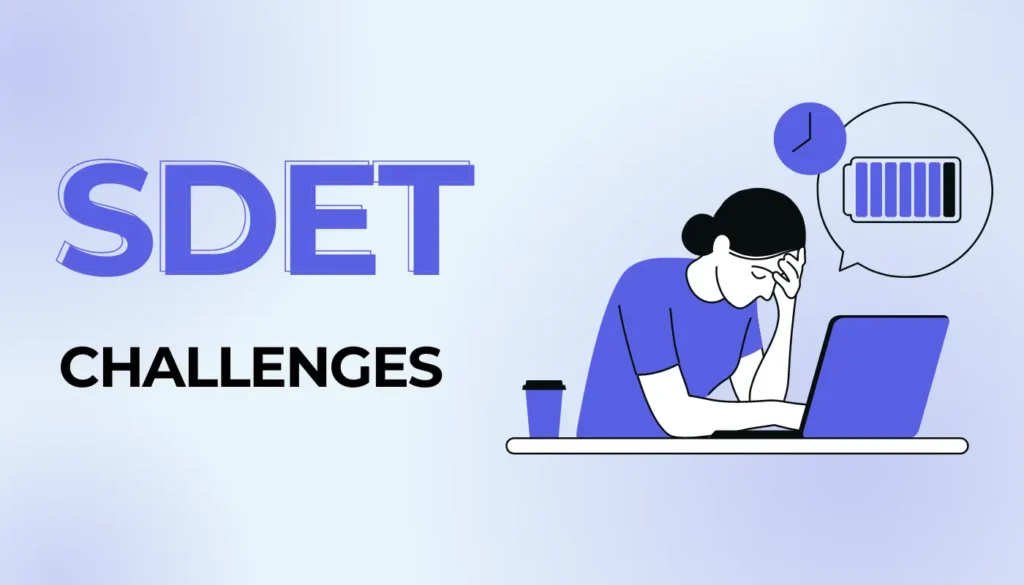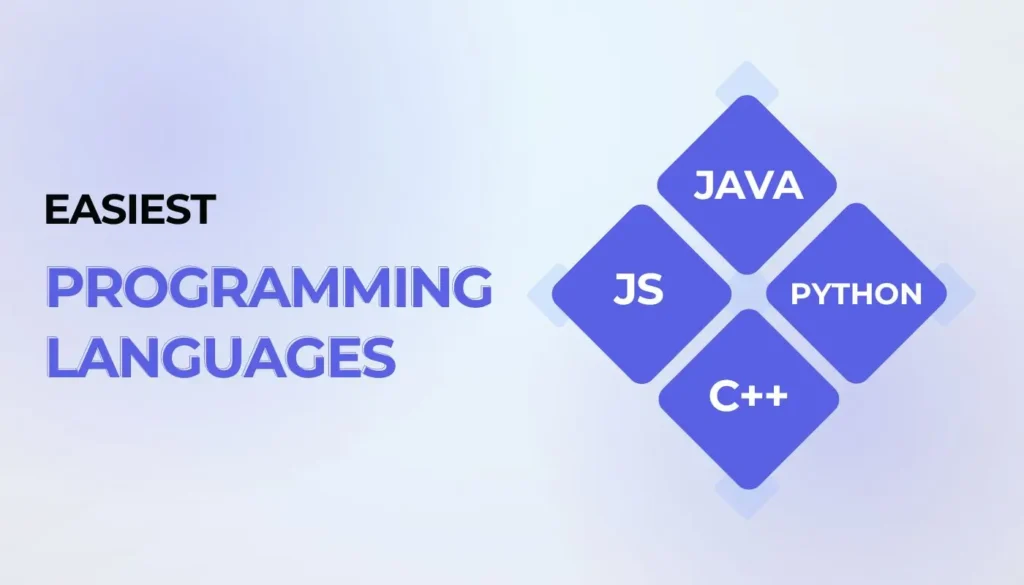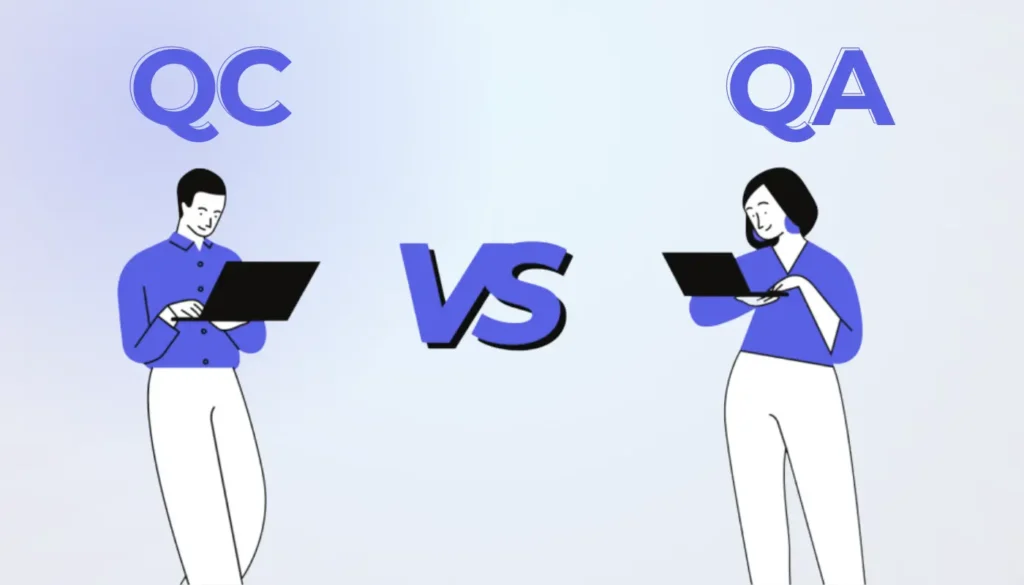The main difference between Java and JavaScript is that Java is a compiled, statically typed language used primarily for application development, while JavaScript is an interpreted, dynamically typed scripting language used mainly for web development.
Java and JavaScript share similar names, but both are fundamentally distinct programming languages. Java is a compiled, object-oriented, statically typed language designed for building robust enterprise applications, valued for its speed and security. Whereas JavaScript is an interpreted, dynamically typed, prototype-based scripting language primarily used to create interactive and dynamic web experiences.
If you are going to build a dynamic website, a powerful enterprise application, or simply design a mobile app, you will surely encounter the age-old question: Java or JavaScript? It’s important to grasp their strengths and ideal use cases in order to choose the right tool for your project.
Rest assured that Java vs JavaScript isn’t difficult to understand. Both are the most popular programming languages in the world but serve vastly different purposes. Let’s discuss all this in detail.
What is Java?
Java is a high level programming language. It is a class-based and object-oriented programming language that is designed to have as few implementation dependencies as possible. Basically, it was first released by Sun Microsystems in 1995. Since then, it has become one of the most widely used programming languages in the world.
Applications based on Java are typically compiled to bytecode, which can run on any Java virtual machine (JVM) regardless of the underlying computer architecture. This feature makes Java highly portable. In fact, the adage “Write once, run anywhere” (WORA) is often associated with Java, which further highlights its cross-platform capabilities.
Java, programming language, offers ultimate security, robustness, and concurrency. All this makes it a popular choice for building enterprise-level apps, Android apps, and large-scale systems. It is also leveraged for developing web servers and other server-side applications through frameworks like Spring and Hibernate.
What is JavaScript?
JavaScript is a versatile, high-level programming language that is widely utlised for effective web development. Initially, it was created to make web pages interactive and provide online programs, including video games. Anyhow, JavaScript has now grown far beyond its original purpose.
Basically, JavaScript operates on the client side of the web, all while facilitating scripts to run from a user’s web browser rather than directly on the server. This design choice significantly reduces server load. Ultimately, it allows for a smoother, faster user experience. It is indeed an essential part of the web, working alongside HTML and CSS to build interactive and dynamic web pages.
Is JavaScript Version of Java?
No, not all at. JavaScript is not a version or evolution of Java. These both languages only have similarity in their names and that’s merely because of a marketing strategy. JavaScript’s name was chosen to capitalize on the popularity of Java at the time of its creation.
So, confusion between the two languages is largely due to their names. However, they serve very different purposes and are not directly related in terms of syntax or functionality.
Don't know where to start your tech career?
We are here for you! Schedule a free call with our consultant for personalized advice on achieving your learning goals
What’s the Difference Between Java and JavaScript?
Java is a general-purpose, object-oriented language that runs on the JVM whereas JavaScript is a flexible, dynamically typed scripting language for the web. Here’s what else you need to know for understanding the difference between Java and JavaScript:
Language Type and Paradigm
Java is a statically typed, class-based programming language. Java is object-oriented and designed for building portable, cross-platform applications. It compiles to bytecode, which runs on the Java Virtual Machine (JVM), ensuring portability across platforms. For instance, applications developed in Java can run on any device that has the JVM installed, including servers, smartphones (Android), and PCs.
Whereas JavaScript is a dynamically typed, prototype-based scripting language. It is primarily used for adding interactive behavior to web pages. In fact, it supports multiple paradigms, including event-driven, functional, and imperative programming. For instance, interactive web elements like form validations, pop-ups, and animations are often implemented using JavaScript.
Execution Environment
Java runs on the JVM and is used for developing standalone applications, server-side applications, and Android apps.
Whereas JavaScript runs in the web browser and is used for client-side scripting. In fact, with environments like Node.js, JavaScript can also run on the server side.
Syntax and Structure
Java requires explicit declaration of variables with type and has a strict class-based structure. For instance, int number = 5; declares an integer variable in Java.
Whereas variables in JavaScript can be declared without specifying their type, thanks to its dynamic type system. It uses prototypes instead of classical inheritance. For instance, let number = 5; declares a variable in JavaScript, with the type inferred from the assigned value.
Java Syntax and Structure
Java Example:
public class Main {
public static void main(String[] args) {
// Define variables
int a = 5;
int b = 3;
// Calculate the sum
int sum = a + b;
// Print the result
System.out.println("The sum of " + a + " and " + b + " is: " + sum);
}
}
JavaScript Syntax and Structure
JavaScript Example:
// Define variables
let a = 5;
let b = 3;
// Calculate the sum
let sum = a + b;
// Print the result
console.log(`The sum of ${a} and ${b} is: ${sum}`);
Usage and Applications
Java is widely used for Android app development, enterprise software, big data technologies, and server-side technologies like servlets.
Whereas JavaScript is used for enhancing web page interactivity and user experience. It’s also used for web development, server-side applications (with Node.js), and even desktop applications (with Electron).
Libraries and Frameworks
Java has a vast ecosystem with libraries and frameworks like Spring, Hibernate, and Apache Struts, focusing on web development, mobile apps, and enterprise solutions.
JavaScript is equipped with a rich set of libraries and frameworks such as React, Angular, Vue for frontend development, and Node.js for backend development.
Which is Better: Java or JavaScript?
As of 2024, W3Techs reports that Java is utilized by 4.8% of all websites whose server-side programming language is known, with a higher adoption rate of 5.5% among the top 1,000,000 websites. This indicates its strength in more significant web applications.
Conversely, JavaScript is used by 3.3% of websites, with its usage escalating to 24.5% among the top 1,000 sites. This shows its dominance and popularity in high-traffic, top-ranked web environments.
But this doesn’t imply that Java is better than JavaScript because both have distinct features, functions, and importance.
Java is Better For:
- Enterprise Applications
- Android Applications
- Web Server and Application Server Development
- Big Data Technologies
- High-Performance System Applications
- Embedded Systems and IoT Devices
- Cloud-based Applications
- Financial Services Applications
- Scientific and Research Applications
- Desktop GUI Applications
JavaScript is Better For:
- Single-Page Applications (SPAs)
- Web Frontend Development
- Real-Time Chat Applications
- Server-Side Applications (via Node.js)
- Full-Stack Web Development
- Cross-Platform Mobile Applications
- Progressive Web Applications (PWAs)
- Desktop Applications (via Electron)
- Internet of Things (IoT) Applications
- Game Development
Final Words
Now if you’re wondering which one to choose for learning “Java or JavaScript” then let’s make it a little simpler. JavaScript is easier to get started with and is now expanding into backend development with Node.js. It offers flexibility but requires careful attention to avoid unexpected quirks.
However, you must consider your goals before making an informed decision. For instance, if you aim for web development, JavaScript is essential. Whereas if you would like to opt for Android development, Java is the way to go. In fact, if your focus is on learning core programming concepts, Java provides a stronger, more structured foundation.
Remember, the majority of developers eventually become proficient in both, as they serve complementary roles.
Here is an example code in which we add two numbers (a and b) together and print the results in both languages, Java and javascript.
